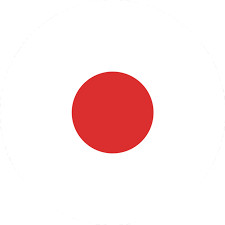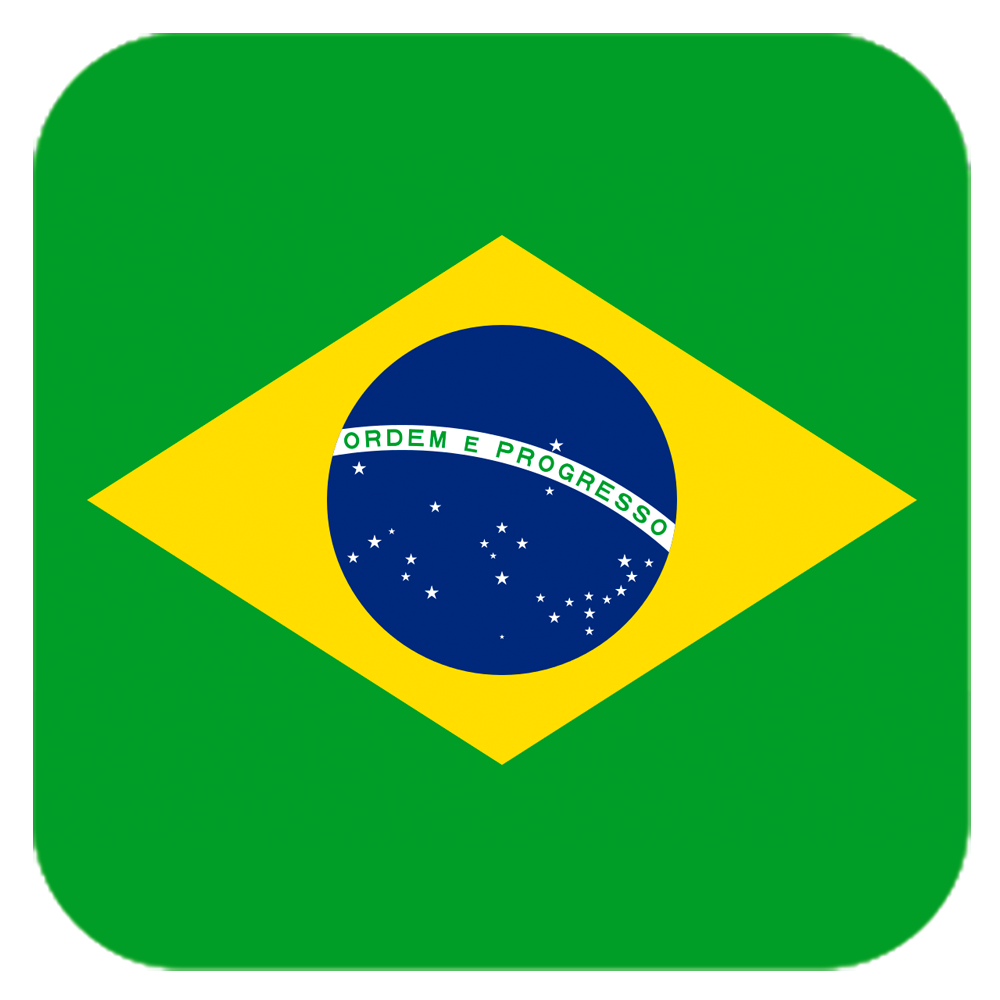Table of Contents
In the evolving landscape of dental technology, we find ourselves increasingly reliant on innovative solutions to enhance our workflows. One such advancement is the photogrammetry 3D scanner, a tool that is redefining the way we approach dental restorations. At SHINING 3D DENTAL, we recognize the importance of integrating these advanced scanners into our practices for improved results.

Understanding Photogrammetry 3D Scanners
Photogrammetry 3D scanners utilize a series of photographs taken from various angles to create precise three-dimensional models. Unlike traditional intraoral scanners, which capture data through direct contact with the teeth and gums, photogrammetry offers a non-invasive alternative. This technology not only provides a high level of detail but also enables us to capture the full arch in a single scan, making it an invaluable asset in our digital workflow.
Precision in Dental Restorations
One of the standout features of photogrammetry 3D scanners is their exceptional precision. When we compare these scanners to traditional methods, it’s clear that the accuracy of photogrammetry significantly enhances the quality of dental restorations. The detailed images produced allow us to create highly accurate models, ensuring that each restoration fits seamlessly.
In our practice, we have observed that the level of detail captured by photogrammetry scanners minimizes the need for adjustments during the fitting process. This not only saves time but also enhances patient satisfaction, as they experience fewer visits and quicker turnaround times for their restorations.
Full-Arch Restoration Made Easy
Full-arch restorations present unique challenges in terms of capturing accurate impressions. Traditional methods can sometimes lead to distortions, especially in complex cases. However, with a photogrammetry 3D scanner, we can achieve a comprehensive view of the entire arch, ensuring that every contour and detail is represented accurately.
The ability to create a complete digital model of the dental structure allows us to plan and execute full-arch restorations with greater confidence. This technology has enabled us to improve our workflow efficiency, as we can visualize the entire treatment plan more effectively, reducing the chances of errors that may occur with conventional methods.
Enhancing the Digital Workflow
Integrating photogrammetry 3D scanners into our digital workflow has streamlined many aspects of our practice. From initial patient consultations to final restorations, these scanners facilitate a more cohesive process. By capturing high-resolution images quickly and accurately, we can collaborate with dental labs more effectively, ensuring that the final products reflect the precision we strive for.
Moreover, the transition from traditional to digital workflows has enabled us to enhance our diagnostic capabilities. We can utilize the detailed 3D models for patient education, helping them to understand their treatment options and the rationale behind our recommendations.
Conclusion
In conclusion, the adoption of photogrammetry 3D scanners in our dental practice at SHINING 3D DENTAL marks a significant step towards enhancing our digital workflows. By understanding the advantages of this technology over traditional intraoral scanners, we can provide our patients with high-quality restorations that meet their needs. As we continue to embrace these advancements, we look forward to a future where precision and efficiency shape the dental experience. Investing in photogrammetry scanners not only benefits our practice but also enhances the overall satisfaction of our patients.
 ENG
ENG








